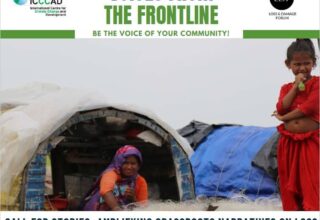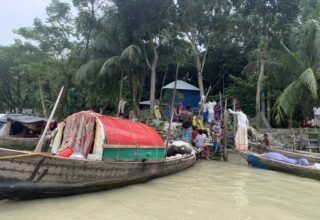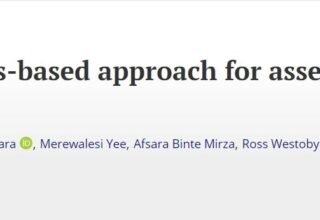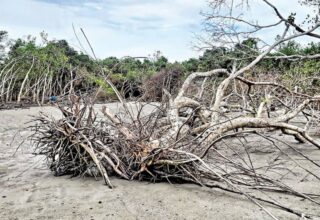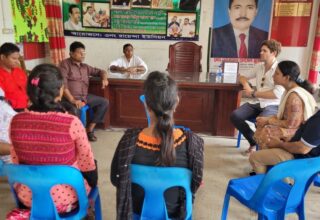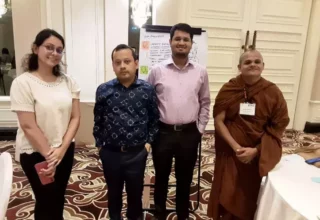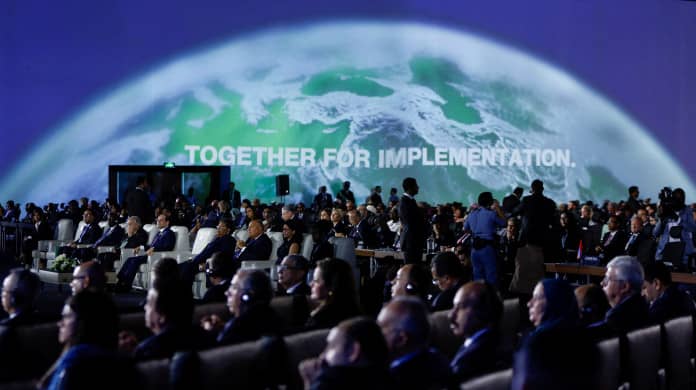
COP27 process represents a historic moment for loss and damage (L&D) since this is the first time the issue was adopted into the agenda and approved in the same year and am not sure if this has ever been the case within any UN negotiating process, said Saber H Chowdhury, president of the Parliamentary Standing Committee on the Ministry of Environment, Forest and Climate Change and the recent LDC Group Ministerial Lead at COP27, said a press release.
This L&D fund and funding arrangements have opened new horizons for developing countries like Bangladesh most impacted by climate change. For Bangladesh, displacement is a major issue and the Climate refugees it creates is a powerful instance of L&D when countries and communities do not have the capacity or means to adapt, he added.
The political acknowledgement of L&D by the global community has been long overdue and is welcome. Bangladesh has been demanding this for years, he said further.
The UN climate talks COP27, which was closed in Egypt on 19 November, started to address the symptoms of the climate crisis in a breakthrough decision for the most vulnerable. Historic progress was made with a commitment to set up a financial support structure for the most vulnerable to deal with L&D caused by the impact of the climate crisis by the next COP in 2023 as costs from extreme weather soar to over $200 billion annually. This year’s COP made about EUR 340mn in new pledges for L&D.
Saleemul Huq, director of the International Centre for Climate Change and Development, said that COP27’s decision on L&D finance reflected a mindset with hope to deal with the profound loss incurred by the vulnerable nationals. However, there is still no clarity on the terms of the funding arrangements. A reassessment of which countries pay and which receive will also be a major issue next year. In the absence of an immediate source of funding, L&D pledges mostly went to the Global Shield and the UN early warning systems, with some commitments to the Santiago Network and country-specific projects.
Md Shamsuddoha, Chief Executive of the Centre for Participatory Research and Development, mentioned that the decision text acknowledges the “limitation” of the existing funding arrangements and “inadequacy” of funds in terms of responding to L&Ds, therefore establishes “new funding arrangements” with new and additional resources. Worryingly, most of the measures for responding to L&D and funding outside of the UNFCCC (e.g., Global Shield and commitments of Scottish and Danish governments) are not new and additional. Hence, the words “new and additional” should be well explained by a transparent accounting and reporting system. However, Bangladesh is hopeful that the “Transitional Committee” that has been established at COP 27 to operationalize these new funding arrangements will look into the above issues and make the fund fully effective for addressing L&Ds on the ground while upholding the spirit of climate justice.
Originally this article was published on 20 November, 2022 at The Business Standard.

